words and photography: Alessandra Ressa
The Bible references judgment day as the time we will all be tried for our behavior on earth. This day, also known as the Final Judgment, is when Jesus decides upon “the living and the dead” before destroying the old heaven and earth, corrupted of sin. According to an old legend, it is in Trieste, and precisely in Duino, where it will all take place, in the ancient and mysterious church of San Giovanni in Tuba.
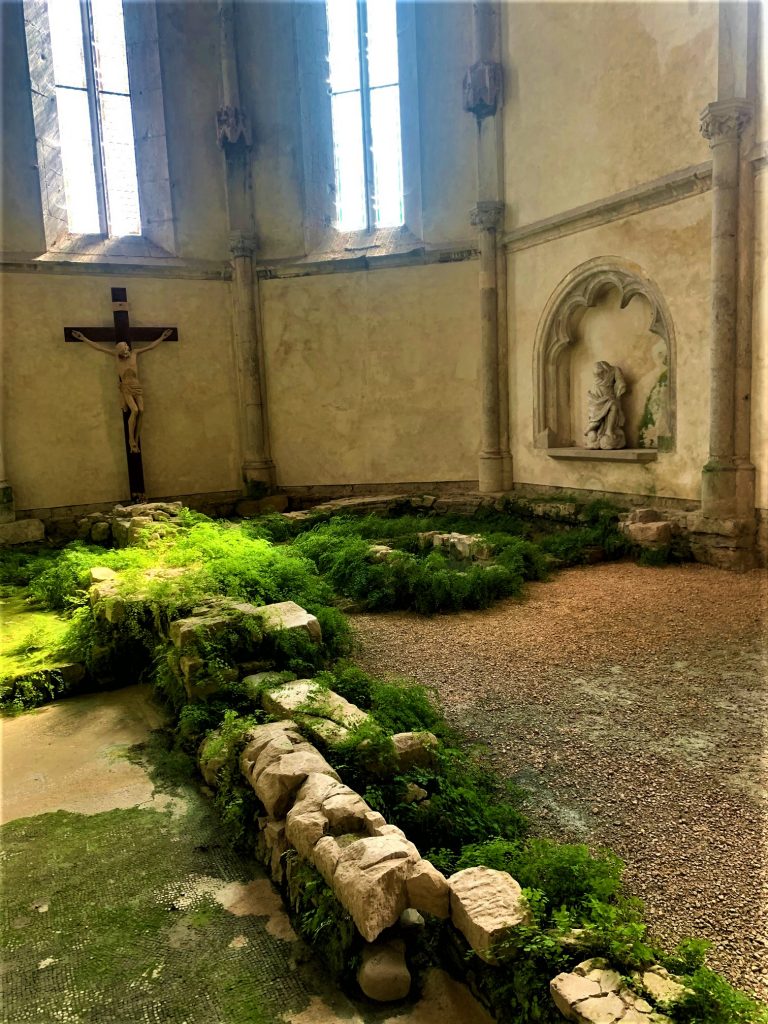
The church we see today, next to the mouth of the Timavo river, stands on sacred ground upon which ancient civilizations built their shrines for hundreds of years and met to perform mysterious rituals, and pray to gods.
Although historians cannot precisely date back the origin of the site, they all agree on the fact that an early Christian church stood before it, built in turn on an ancient pagan temple. It is believed, however, that because of its location at the mouth of Trieste’s mysterious river, which runs deep underground for most of its length before re-emerging in Duino, early civilizations chose it to perform rituals related to nature not unlike the ones of the ancient Celts.
The foundations of at least three buildings were found under the current one. The warm currents of the river, in addition, made it the perfect location for very popular Roman baths, as we learn from ancient documents.

The church and its grounds show proof of their origins. Old epigraphs are witnesses of the pagan temple which existed here before the advent of Christianity, while incredibly intact geometric patterned mosaics dating back to the 5th Century A.D. tell of its early Christian evolution. They are the miraculous survivors of time and multiple barbarian sackings, and even of the systematic mortar shelling during World War I.
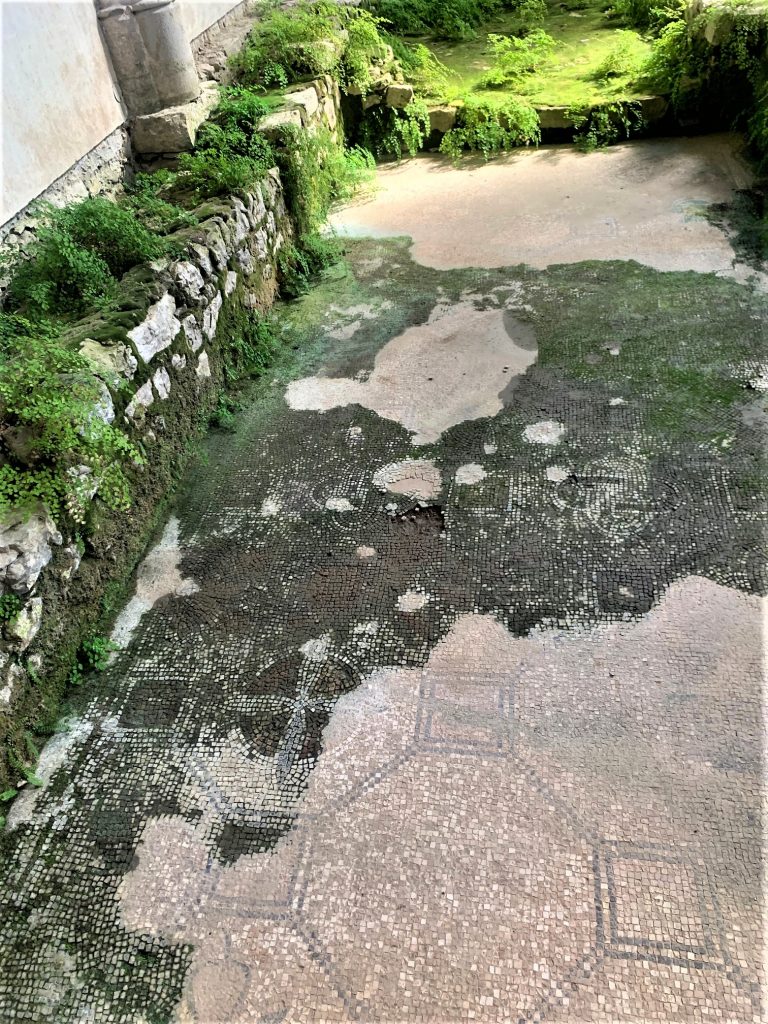
But what makes this church truly magic is the fern that for a long time has been growing inside on the ancient remains of the apse. Commonly known as Capelvenere, Venus’ hair, Adiantum Capillus-veneris is a rare and delicate plant that only grows in specific environments in Italy. It requires a specific combination of darkness and humidity. To see it grow so lush and abundant in such an unusual environment is worth a visit in itself.
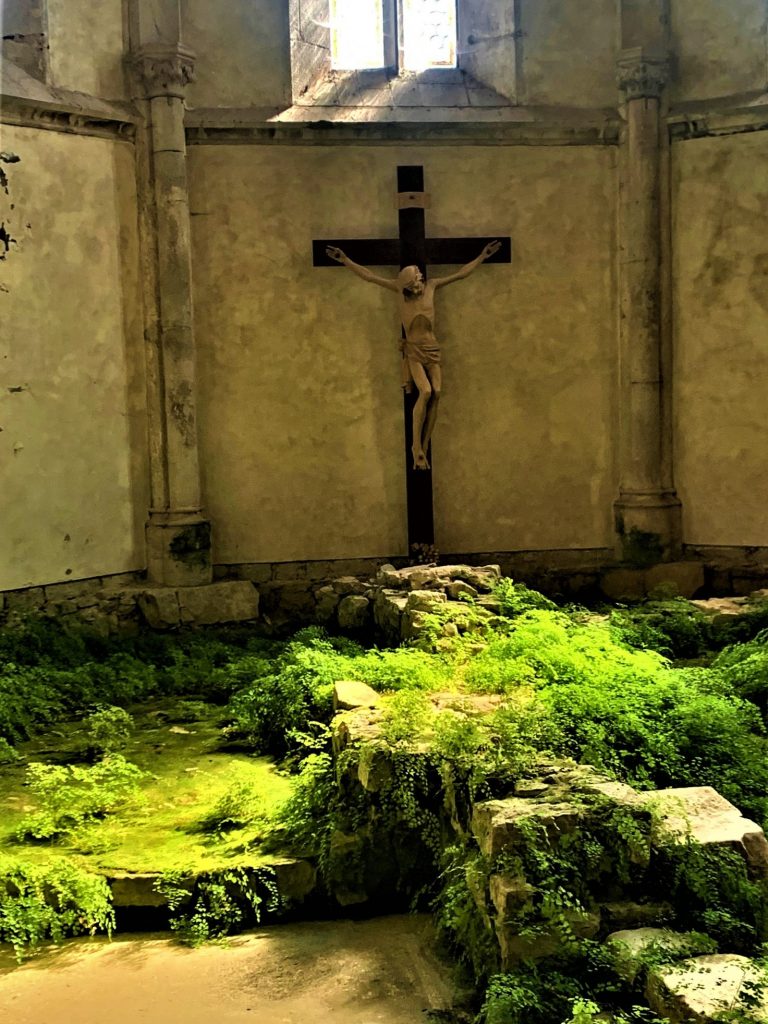
The current church was built by the Lords of Duino between 1399 and 1472. The oldest part of the complex, a polygonal apse with a sloping buttress and a reticulated vault ceiling, is a remarkable example of late Gothic architectural style. The main body of the building, consisting of a single nave, was added in 1519, while the bell tower dates back to the first half of the 17th century.
Among the remains of the late Medieval frescoes, discovered in the 1950s during the restoration of the building that had been severely damaged during WWI, Glagolitic graffiti written in the ancient Slavic alphabet emerged. They appeared to be made by a pilgrim who, after his visit around 1500, wanted to leave a sign of his passage. The archaeological excavations visible in the apse were carried out in the 1960s. They recovered the remains of three buildings.
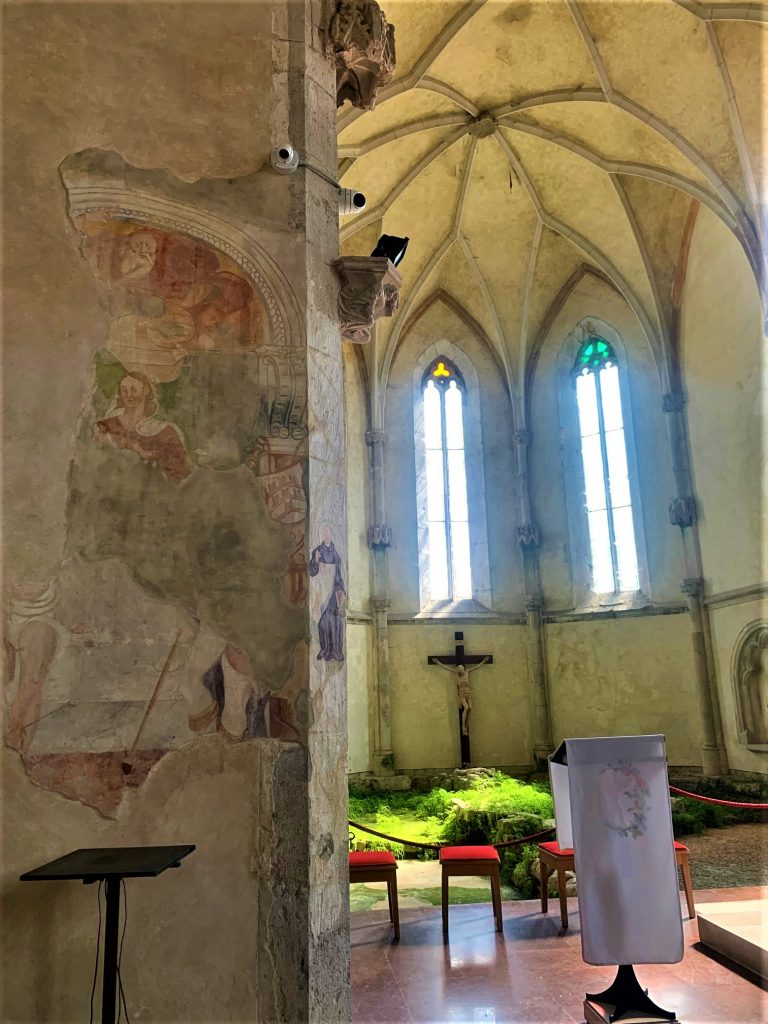
The pagan temples, probably dating back to the early Roman Empire, were dedicated to the goddess Spes (Hope), considered the last deity to worship when all else failed. It is not clear whether they were destroyed or simply abandoned.
Around the 4th century the temples were replaced by an early Christian church, and, by the 5th century, it was paved with the mosaics. In the middle of the 5th century the amount of people who came to pray made it necessary to expand the building considerably, providing it with three aisles and a polygonal apse.
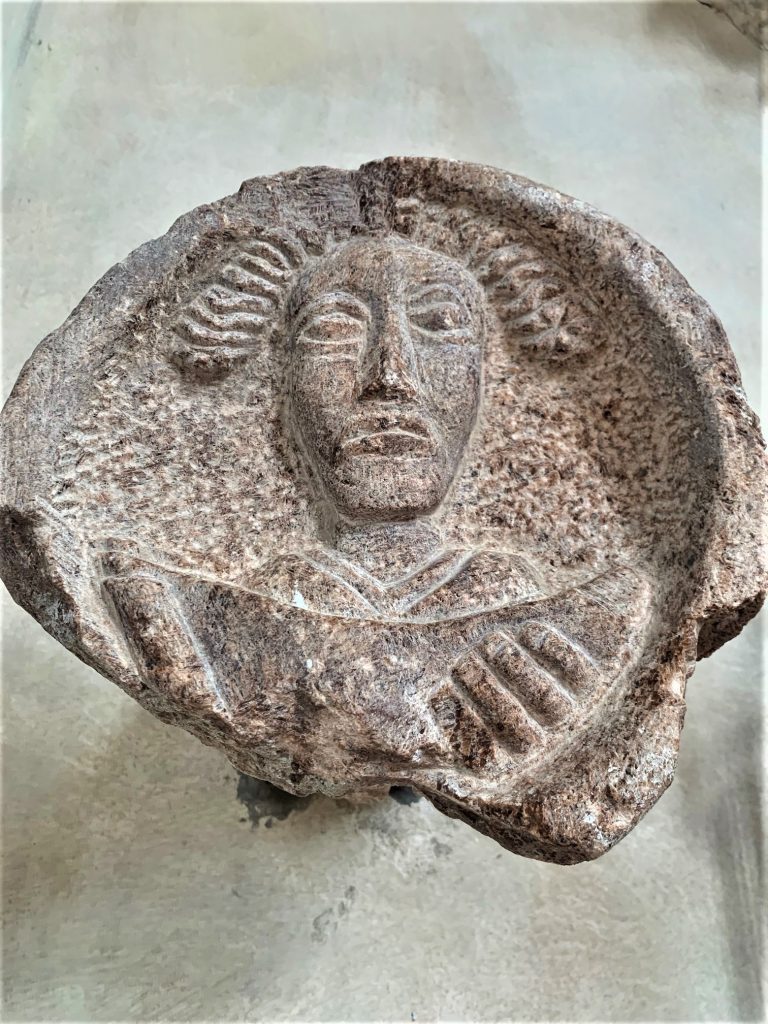
During the 8th century A.D., after the Longobard and Avar raids of the 6th and 7th centuries, whole areas of the Basilicawere re-built. In line with the evangelical fervor that characterized Northern Italy during this century, a monastery was also erected for the conversion of local Slavic populations. During the next century, however, the church was once again destroyed, this time by the Hungarians.

The site was revived thanks to the Patriarch Vodolrico of Eppenstein, who, around 1100, restored both the church and the monastery. During the restoration, some ancient relics that had disappeared during the 5th century, hidden away for fear of the invasion of the northern populations, were once again found and safely stored in a frescoed tomb in the center of the presbytery. The church was eventually heavily bombed during both world wars. But what relation does this unknown church have with the day of judgement?
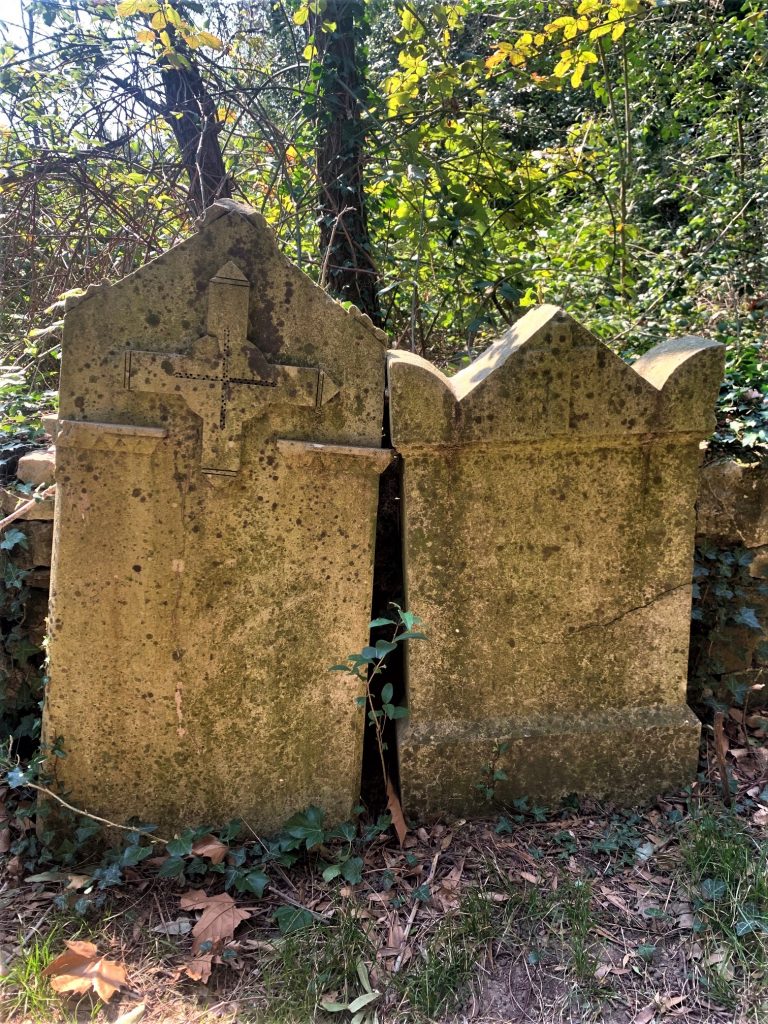
The name “Tuba” could come from tumba, and that is probably related to the tombstones found on the site. In Latin, however, tuba also means a natural or artificial water pipe which could be related to the underground river flowing next to the church. But the oldest known legend tells of an ancient church at the mouth of the Timavo river named te Tuba where a group of survivors of the Great Flood settled.
In this place, when the end of the world comes, one of the four angels of the Apocalypse will blow the trumpet (once again tuba in Latin) on Judgement Day, when the dead will walk the Earth. Because of this legend, many Triestini chose this place to be buried, to be the first to be awakened from the dead.





























